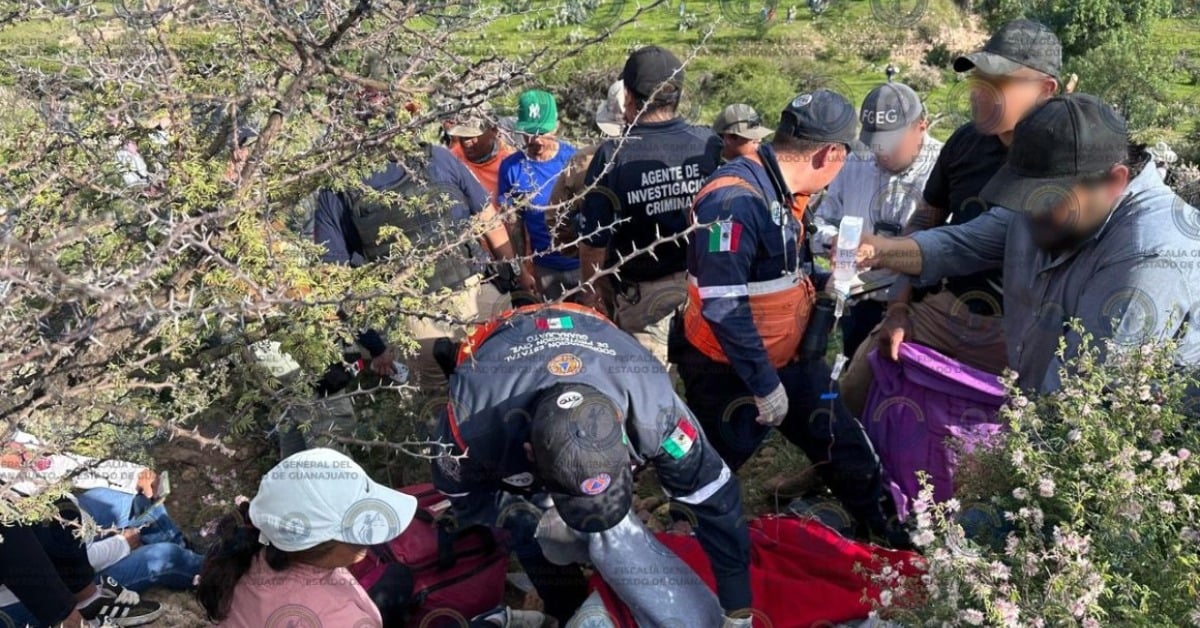A 67-year-old woman who went missing on July 26 near Dolores Hidalgo, Guanajuato, was rescued alive on July 30. Maria Guadalupe had wandered from home and survived four days in rural terrain . . .


A 67-year-old woman who went missing on July 26 near Dolores Hidalgo, Guanajuato, was rescued alive on July 30. Maria Guadalupe had wandered from home and survived four days in rural terrain . . .

